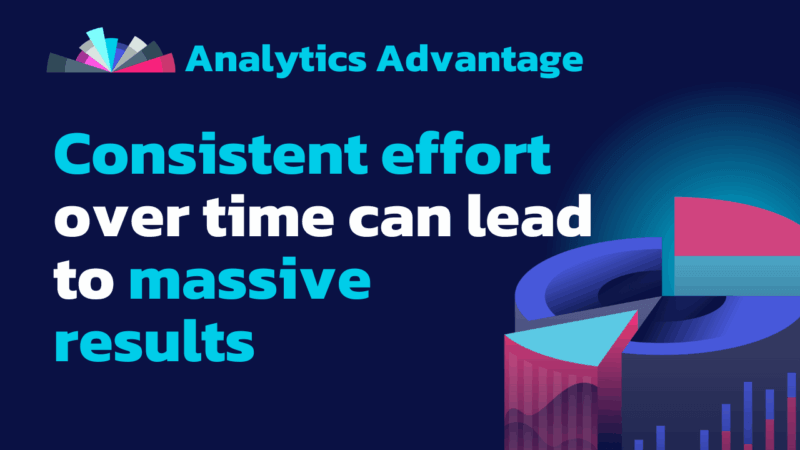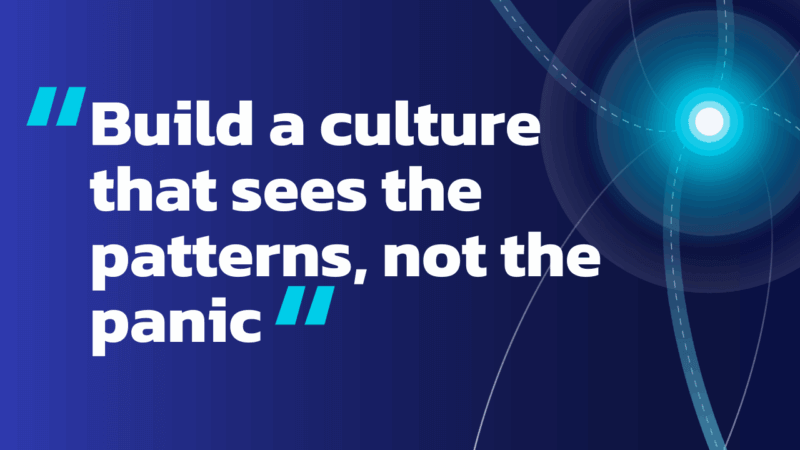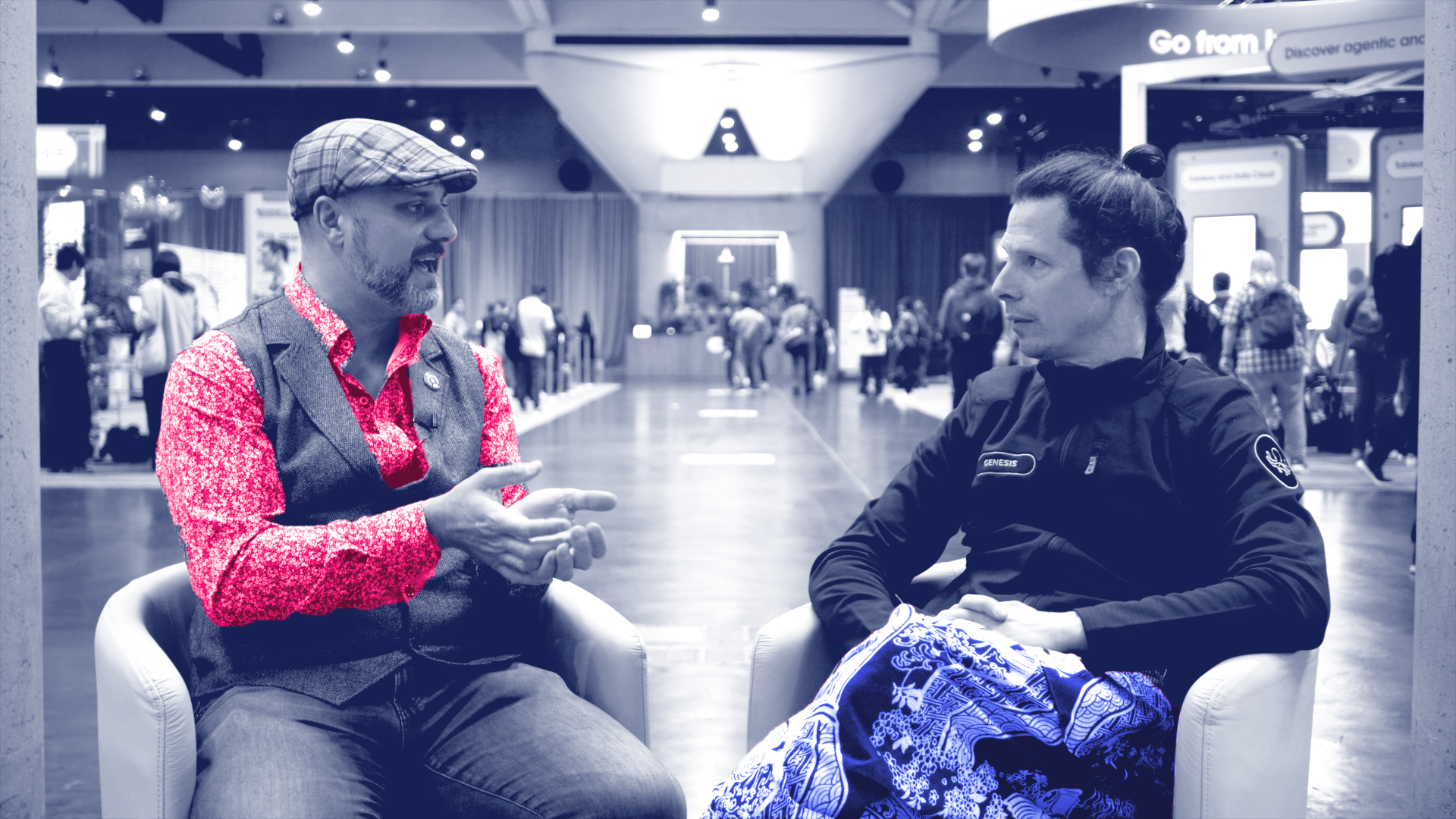
Interviews
Salesforce Data Cloud – Under the Hood
The Foundation Beneath Tableau Next, Agentforce, and Modern Salesforce AI
Salesforce’s Data Cloud has been a source of confusion at the edge of many analysts’ radar—often misunderstood, underestimated, or mistaken for “yet another data lake.” But thanks to a recent conversation between Action’s Keith Helfrich and David A. Spezia, Distinguished Technical Architect for Data & AI at Salesforce, we now have a far clearer understanding of what Data Cloud actually is, and how it fits within the broader Tableau Next product strategy.
What Is Salesforce Data Cloud?
Data Cloud is a unified data substrate for the entire Salesforce ecosystem. Think: controlled data modeling for the entire Salesforce suite of cloud-based CRM, marketing, and analytics offerings. So this means: it’s not a data warehouse. It’s not a BI tool. And it’s not just another place to stash your data.
Instead, think of Data Cloud as a shared object model and semantic query layer that allows for every Salesforce service–including Tableau Next and Agentforce–to work with consistent data objects, wherever this data is located.
Salesforce has invested 26 years in abstracting away the underlying database from their end users. “No Software.” Thus, Data Cloud builds on that principle: in part by mapping external cloud data (from Snowflake, Databricks, your lakehouse, etc.) into Salesforce-native objects using zero-copy connectors and a semantic object model. This object model mapping enables Salesforce ecosystem tools to issue SQL queries against your remote data lakehouse–without ever moving the data–just by generating the SQL commands.
When Should You Use Data Cloud?
David was clear about this: not everyone needs Data Cloud. At least not right away. There are three main reasons to bring your data into it:
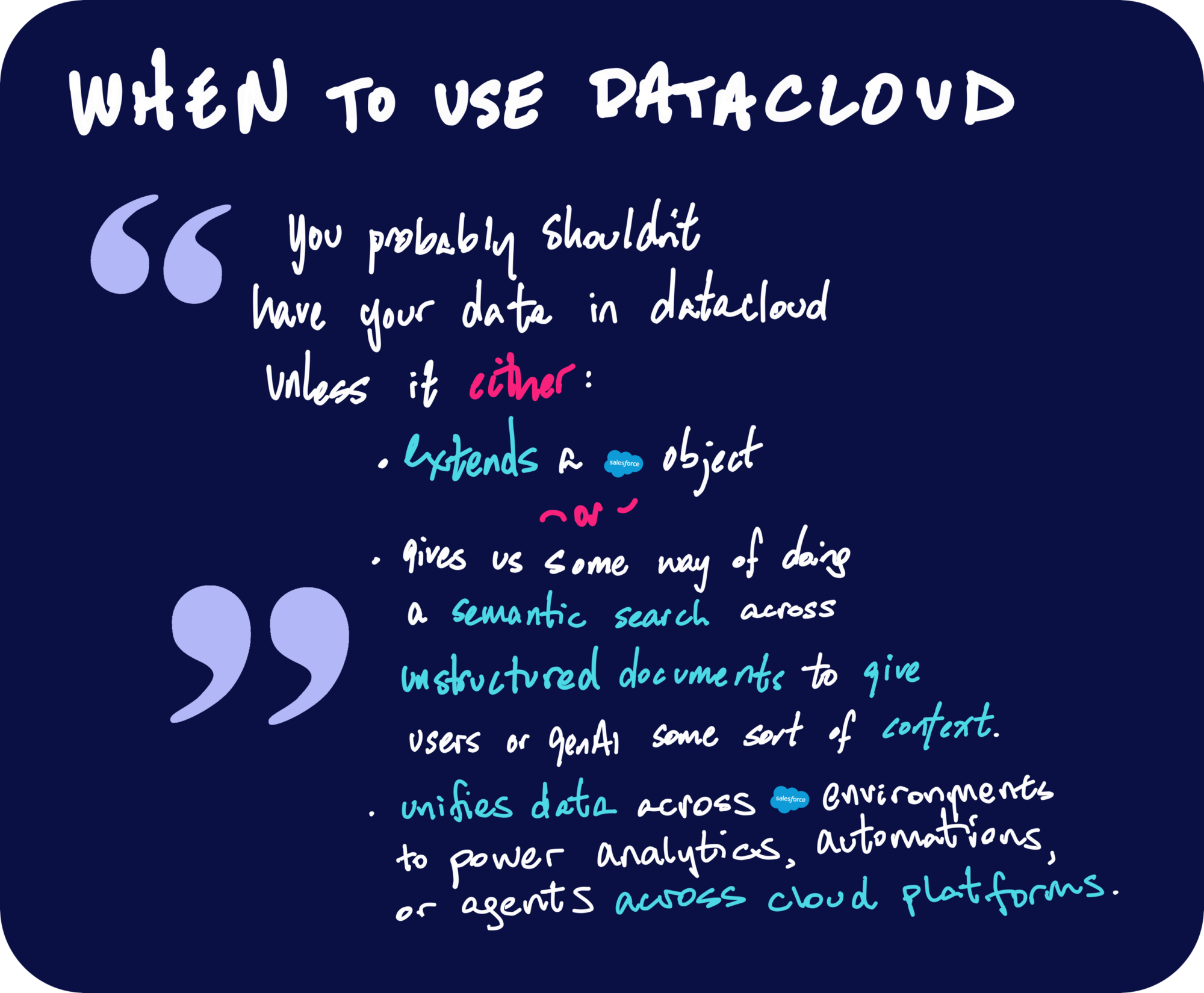
- You’re extending a Salesforce object. If you need a 360-degree view of an Account, Lead, or Opportunity—and attributes of that object are scattered about—Data Cloud lets you connect to those attributes natively in situ.
- To enable semantic search or an augmented AI context with unstructured data. GenAI needs context. Data Cloud helps to index and organize both structured and unstructured data alike, so that AI agents (like Agentforce) can search and utilize this data as context.
- Unifying complex Salesforce environments. As organizations expand their Salesforce footprint—adding multiple Sales, Service, and Marketing Clouds—the challenge of fragmented data intensifies. Data Cloud enables companies not only to unify data that is scattered across cloud storage and warehouse providers, but to activate that unified data across the entire Salesforce platform.
Organizations can empower their teams to deliver seamless customer experiences by bringing together data and insights for analytics, enhanced decision-making, automation, agents, and messaging. In situations where disjointed interactions make customers feel unseen, a unified environment, with data federation across cloud providers and data sources, ensures every dashboard view, service response, and marketing campaign is informed by complete, contextual intelligence.
If your use case doesn’t fall into one of those categories, then for now, you might be better off staying in Snowflake, GCP, Amazon Redshift, Databricks, or your existing lakehouse, and connecting to that data directly with Tableau Core.
Object Modeling
Controlled object modeling is central to Data Cloud—and this is where Tableau Next enters the picture.
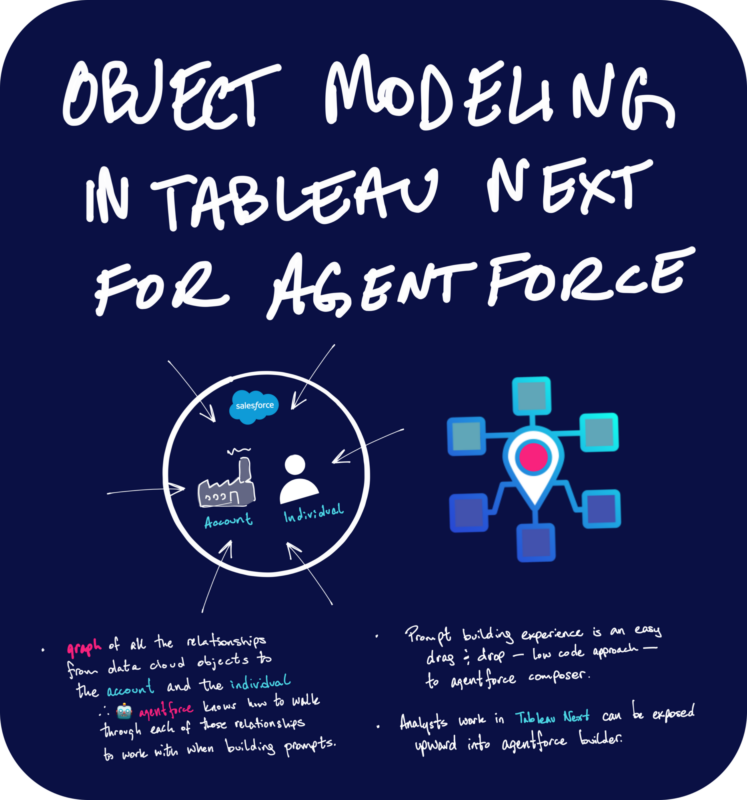
When the analyst creates a new object in Tableau Next, that object lives inside Data Cloud. This means that your new object is now available across the entire Salesforce stack. Your Tableau Next object can now:
- Trigger Salesforce automations, e.g.:○ “When a new record appears in this object, notify support”
○ “When a key numeric indicator surpasses a threshold value, trigger an agentic automation.” - Fuel GenAI agents with contextual grounding.
- Be reused in Agentforce prompts, business workflows, or automations.
In this model, the analyst is no longer just building dashboards–they’re curating reusable analytical objects for the whole org.
Tableau Next + Data Cloud: A Two-Way Street
The new Tableau Semantics tier is also native to Data Cloud. For this reason, if you’re using Tableau Next, you’re using Data Cloud.
Here’s how this works:
- You model your data objects in Tableau Next.
- That model becomes a first-class citizen in Data Cloud .
- These objects can now be surfaced in Agentforce Builder, where prompt-building is a low-code, drag n’ drop experience.
- The analysts’ work is no longer locked in a dashboard—it is upstreamed into agentic AI workflows.
Because Data Cloud is built atop Tableau’s Hyper Engine, query performance remains fast. And for that external cloud data, stored out in Snowflake or Databricks, nimble “nibble queries” are run to extract only the subset of the data needed, in the moment, to service the agentic workflow.
Zero-Copy and Lakehouse Federation
Data Cloud doesn’t just play nice with Snowflake–it’s designed for federation.
- You can query Snowflake via zero-copy. (Spezia was part of the team at Salesforce and Snowflake that helped build the connector).
- You can bring your own lakehouse using Apache Iceberg (no need to move to Snowflake, Redshift, or Databricks).
- Data Cloud supports BYOL (bring your own lakehouse) zero-copy data federation and zero-copy data sharing with Snowflake, Databricks, Amazon Redshift and Google BigQuery.
- Federated cloud data can be:○ Queried on demand.
○ Or ingested incrementally into Data Cloud for performance acceleration and to drive CDC (change data capture) use cases.
Salesforce is working toward an architecture to enable the export to thousands of small files– with parallel bulk imports into Data Cloud—a move that can unlock high-scale ingestion of massive data from external systems.
Agentforce, AI, and Semantic Activation
Agentforce sits on top of this architecture, powered by the semantic layer created in Tableau Next and Data Cloud.
- Prompt-building in Agentforce Composer is low-code and uses the object model directly.
- AI agents can traverse object relationships automatically (e.g., from Individual → Account → Opportunity).
- Because everything is modeled in Data Cloud, GenAI has structured context to work with, enabling more accurate, helpful, and auditable AI behavior.
- And, you can augment that structured context with unstructured context, as well.
Think of it this way: Agentforce doesn’t “know” your data. It knows how to walk your object model.
And that model begins with the analyst, in Tableau Next.
Quality Modeling = Better Performance, Lower Cost
This entire approach depends on good modeling. The Agentforce marketplace offers starter kits and industry-specific bundles to jumpstart your object models.
But even with starter templates, customization really matters. Why? Because quality modeling will:
✔️ Minimize TCO (you don’t pay for unnecessary ingest, computation, or rework)
✔️ Maximize agent utility (GenAI can answer real questions)
✔️ Optimize performance (less code, more reuse, more efficient queries)
“A table in Snowflake is not an object in Salesforce without some kind of mapping.” —David Spezia
That mapping is the connective tissue of this entire ecosystem.
Analysts Are Now Data Architects
With Tableau Next and Data Cloud, the role of the analyst is evolving. You’re not just building dashboards. You’re creating the semantic layer and the controlled object model for your business.
Those objects can:
- Power Tableau Next visualizations.
- Trigger Salesforce automations.
- Feed Agentforce AI agents.
- Service the suite of Customer 360 applications.
In other words: your dashboards are no longer the end product. The object model is.
And this, we believe, is the true aha of the Salesforce Data Cloud.
About David A. Spezia
David is Distinguished Technical Architect for Data & AI at Salesforce, focusing on helping large enterprise clients unlock more value from their data with intelligent architecture, GenAI, governance, and security. Before joining Salesforce in 2024, he held key roles at Snowflake and Tableau, including Field CTO in EMEA. David has been shaping the Data Cloud story since its early days and now leads its advancement inside complex enterprise environments.

Data Cloud 201 PDF Now Available
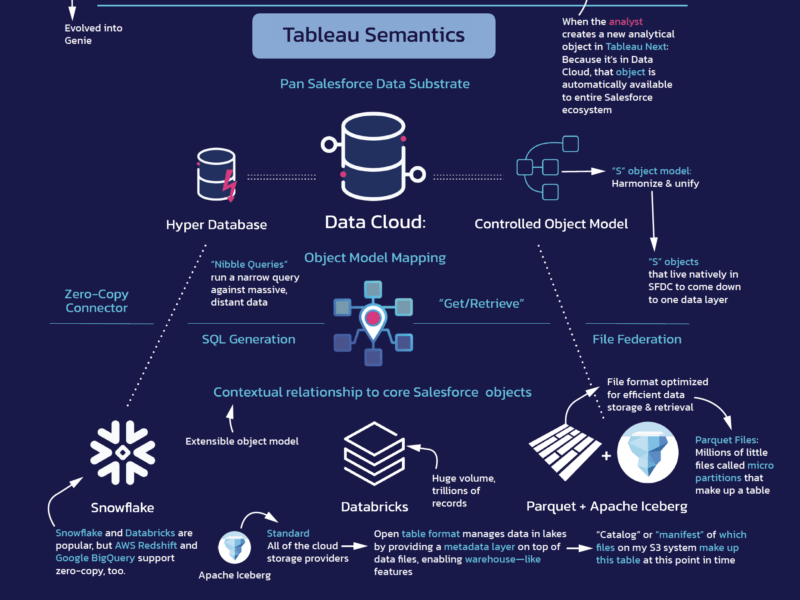 As a follow-up to our Data Cloud video interview with David Spezia and companion blog article, we have now produced a PDF that maps out the Data Cloud framework and how it integrates with the wider Salesforce ecosystem and modern data platforms like Snowflake, Databricks, and Iceberg. You can download the PDF here.
As a follow-up to our Data Cloud video interview with David Spezia and companion blog article, we have now produced a PDF that maps out the Data Cloud framework and how it integrates with the wider Salesforce ecosystem and modern data platforms like Snowflake, Databricks, and Iceberg. You can download the PDF here.

Update: — Salesforce has a 46-page white paper that is a must-read for anyone looking to understand their latest platform innovations, including Data Cloud.

Don’t miss the full story — explore all our complete conference coverage via this blog feed: Tableau Conference 2025 | Full Coverage.


